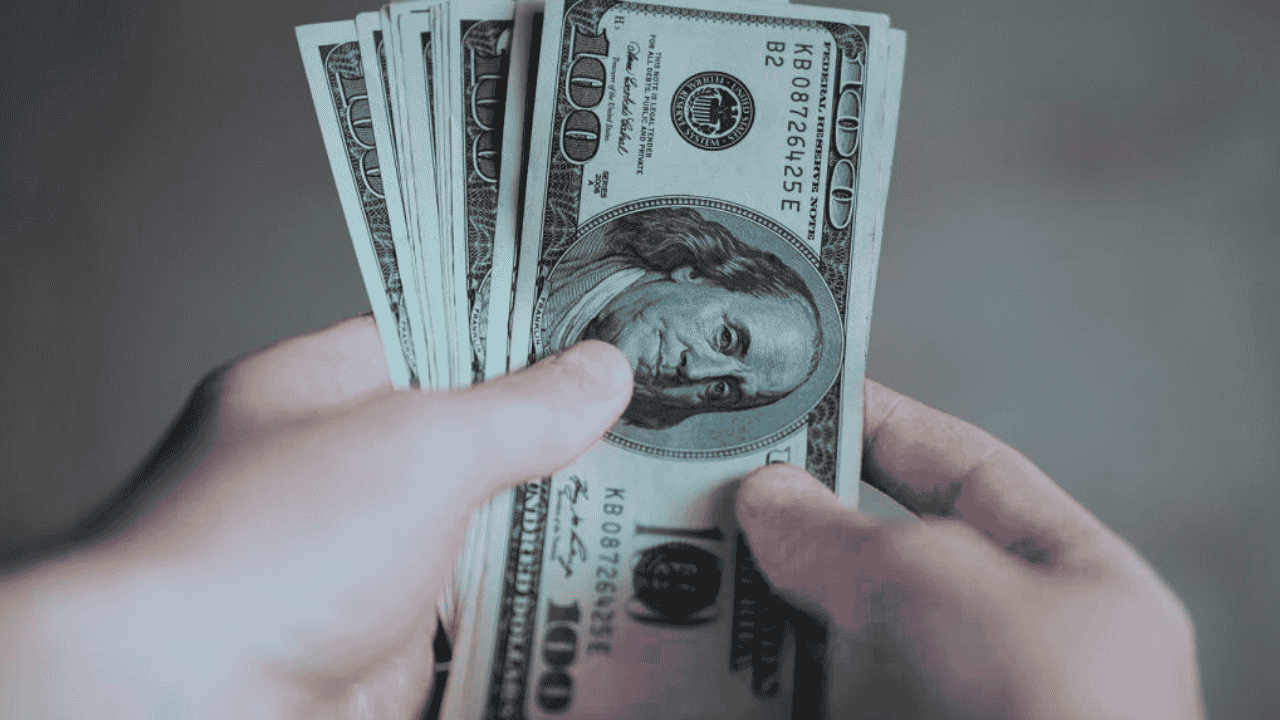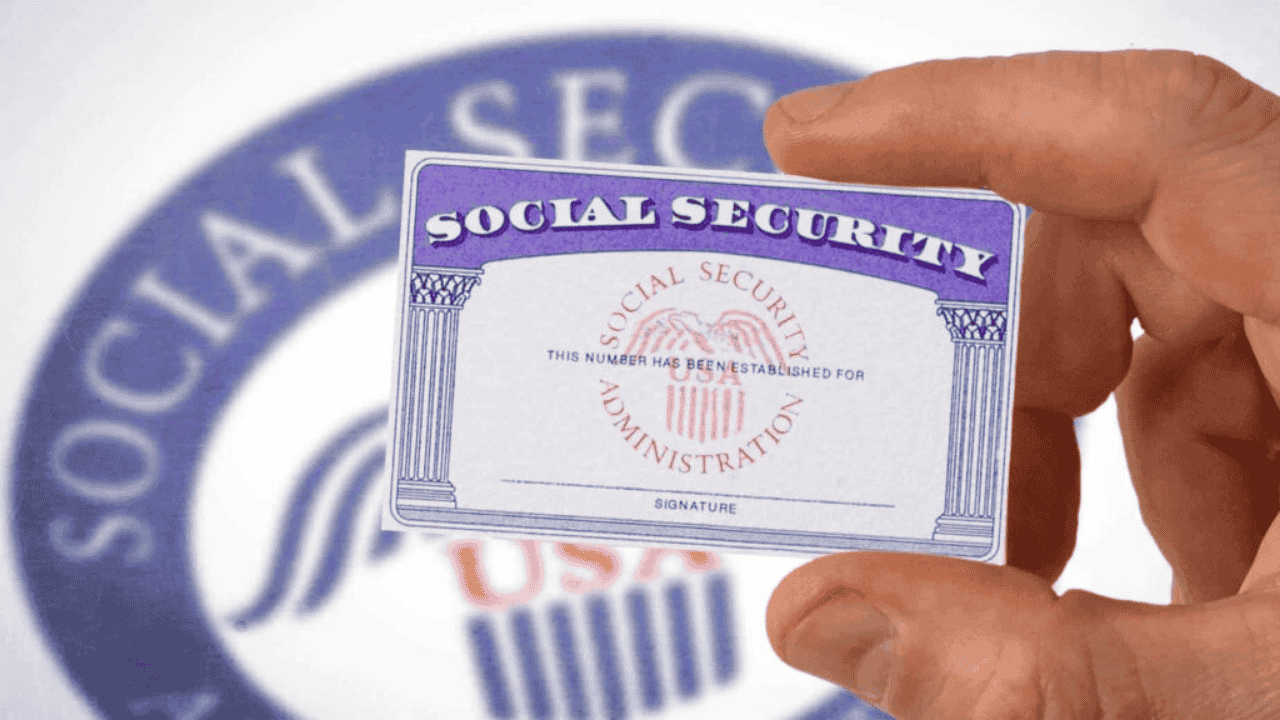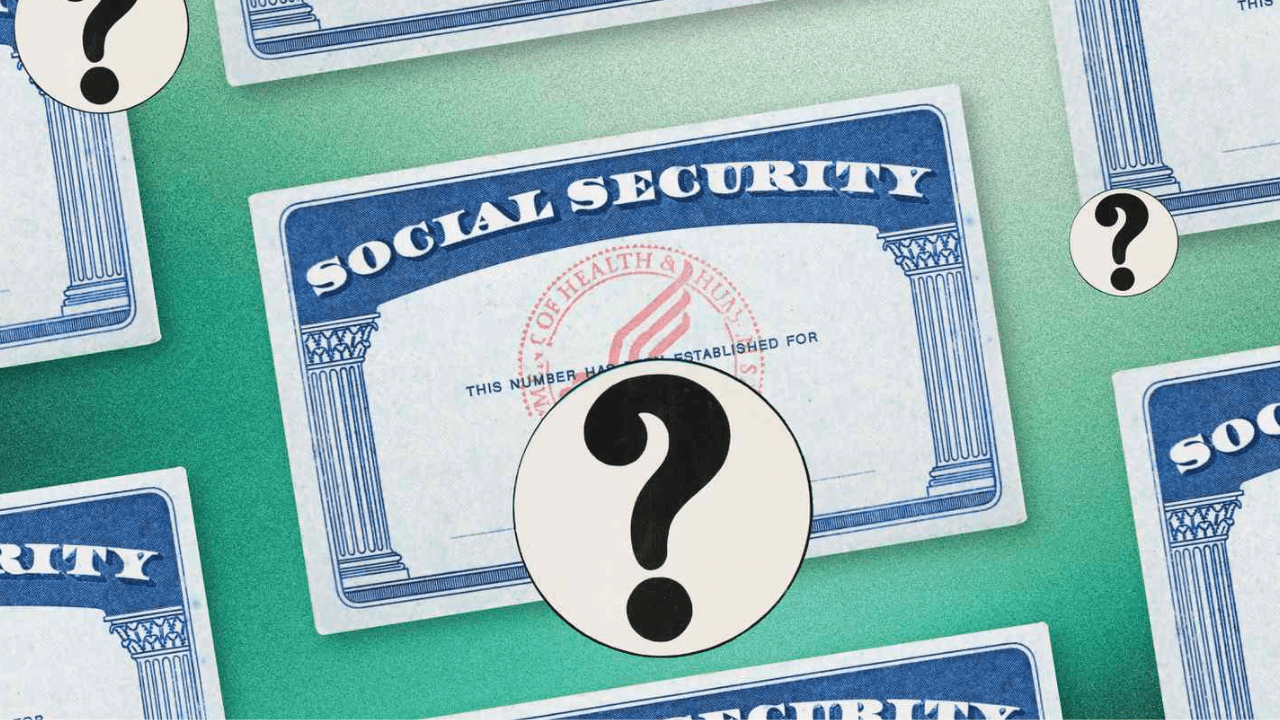The idea of linking Social Security to the stock market, known as privatization—has sparked a lot of debate. At its core, this plan would allow people to invest part of their payroll taxes in private accounts. Supporters say it could offer higher returns, but critics argue that it introduces too much uncertainty into a program designed to provide stability. The ups and downs of the stock market could leave retirees unsure of how much money they’ll have when they stop working.
A major concern is that this shift could widen the gap between the wealthy and those with lower incomes. People with more money and better financial knowledge would likely have access to professional investment help, giving them an edge. Meanwhile, those with limited means or time to study investing might struggle, increasing inequality. This could lead to a retirement system where the rich continue to grow their wealth while others fall further behind.
Beyond financial knowledge, life situations can also affect one’s ability to save. Caregivers, single parents, and those who take breaks from work may find it harder to build up retirement savings. Privatizing Social Security could hit these groups especially hard. Since 1935, Social Security has served as a reliable safety net. Moving it to the market might risk leaving the most vulnerable with little to fall back on in old age.
What If Social Security Was Tied to the Stock Market?

The current Social Security system provides a steady, predictable source of income for retirees. It’s designed as a safety net, giving people peace of mind as they age. But privatizing it would change everything. Instead of guaranteed payments, retirees would depend on the performance of their investments—something that can change quickly due to market conditions. For someone unfamiliar with investing, this could be stressful and risky.
The Investment Gap: Who Benefits and Who Struggles
Not everyone has the same access to financial resources or advice. People with higher incomes can afford professional help and take bigger risks with their investments. They also have more flexibility to recover from market losses. On the other hand, lower-income individuals may not have the same luxury. They could be forced to manage their investments on their own, often without enough knowledge or support, putting their retirement savings at greater risk.
Impact on Caregivers, Parents, and the Time-Strapped
Some people simply don’t have the time or resources to become savvy investors. Caregivers, single parents, and those juggling multiple responsibilities may struggle to keep up with investment strategies. Taking time off work to care for family can also reduce earnings and limit the amount that can be set aside for retirement. For these groups, privatized Social Security could make it even harder to build financial security for the future.
The Risk of Widening Inequality
Privatization could unintentionally create a bigger gap between the rich and the poor. Wealthier individuals can take more risks, diversify their investments, and bounce back from losses. Others don’t have those advantages. If the system changes, those who are already vulnerable may end up even more financially insecure in retirement, without the guaranteed monthly income Social Security currently provides.
A Safety Net Worth Protecting
Social Security has been a critical part of American retirement planning since the 1930s. It was never meant to be a high-return investment—it was designed to offer stability and prevent poverty among seniors. Handing it over to the unpredictable world of the stock market could put that goal in jeopardy. If privatized, many Americans might reach retirement with no guaranteed support, especially if their investments don’t perform well.
While putting Social Security into the stock market might sound like a bold and modern move, the risks are real and serious. Without solid financial guidance, steady incomes, or time to learn the ins and outs of investing, millions could be left exposed. What once was a promise of security in retirement could become a gamble—with high stakes for those who can least afford to lose.









